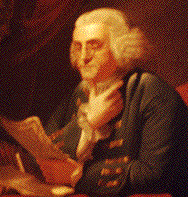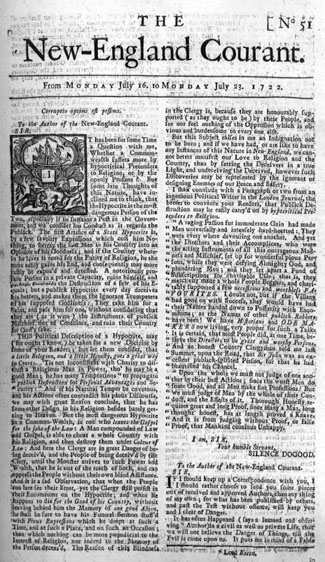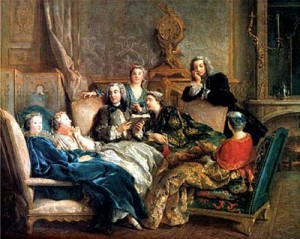It’s no secret that the public is hungry for news. We’ve always passed on stories, gathered in coffeehouses and read up on any and every kind of news we could find. However, in 1974, a different kind of “news” magazine came along; celebrity reporting and human interest pieces came to the forefront of American culture with the start of People magazine.
Thought up by former CEO of Time Inc., Andrew Hesikell, the magazine was started on the idea of keeping “people” and the general public as the center of the stories, not news. To make his dream a reality, he hired former assistant managing editor of Time magazine’s Richard Stolley.
We’re getting back to the people who are causing the news and who are caught up in it, or deserve to be in it. Our focus is on people, not issues.
While the magazine is still widely popular, People.com is also a powerhouse in the publication’s empire. Exclusively featuring celebrity news, the website gets upwards of 30 million page views a day. There’s no telling yet whether with the advent of social media and the newspaper industry dying if People magazine will slow down soon. However, with a readership of 4.6 million subscribers, it doesn’t look like it’ll be anytime soon.
Photo courtesy of LAtimes.com









